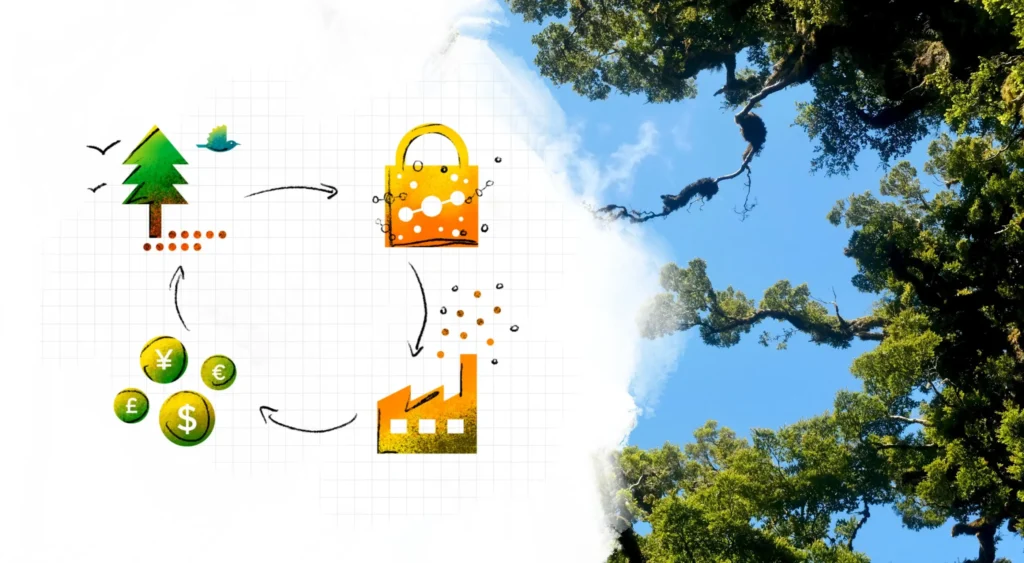Yes, you can. With 327 Habitat Banks across England there are plenty of units for you to buy. When you do, you completely sever your ecological liability. Buying off-site is a clean break. After you buy, you may proceed to planning with no hang-ups and no extra costs.
If available, you can purchase BNG units right away, with no liability and an easy route through the planning process.
If you can not find the Biodiversity Units you need, please get in touch with us for an up-to-date list of Habitat Banks and available BNG units
The situation can be very nuanced depending on your geography, land type, and value. A very rough potential revenue estimate for per hectare earnings, spread over 30 years, would be between £60,000 to £300,000.

Biodiversity Net Gain (BNG) is an initiative seeking to ensure that developments in England actively ensure that the natural environment is measurably better off than before.
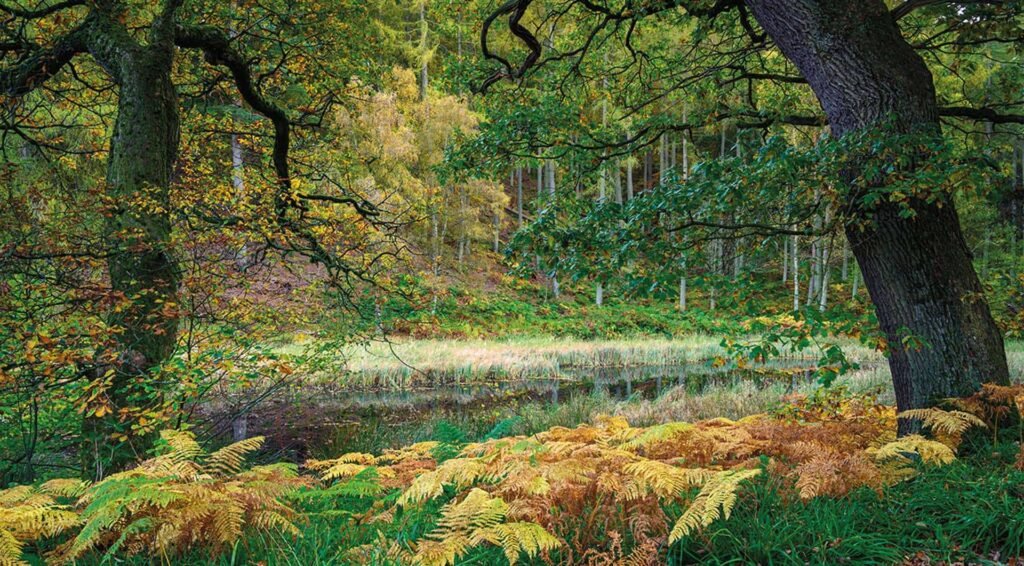

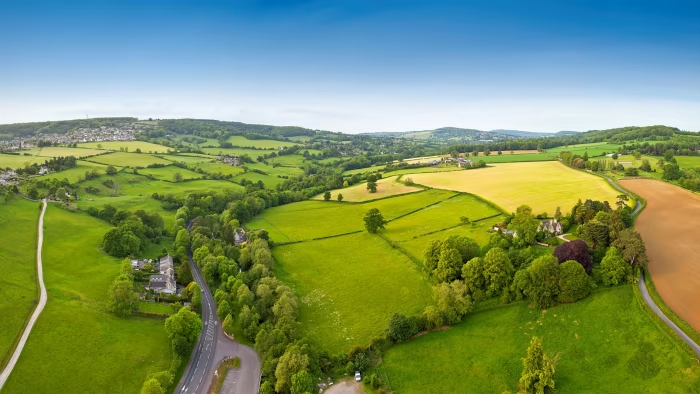
An opportunity exists for the farmers and landowners of England –aligning the needs of commercial interests with the preservation of our ecological landscapes. BNG helps build a more resilient, sustainable agricultural system while generating income for rural land owners.
At the heart of the opportunity is something called the Habitat Bank. Using the expertise of a team of passionate ecologists, the Habitat Bank re-creates vital ecosystems in places where they have been lost.
Habitat Banks operate on a simple model: the provider leases low-yield farmland across the country and, together with the landowners, it co-creates a “Habitat Bank.”
The Habitat Bank usually seeks a minimum of 20 hectares (49 acres) or a minimum of 10 hectares in some parts of England.
Once a bank is established, its biodiversity units are offered for sale to developers. The earnings for landowners selling BNG units is between £20,000 and £60,000. The payment terms across the Habitat Bank secure a consistent reliable income for landowners for 30 years.
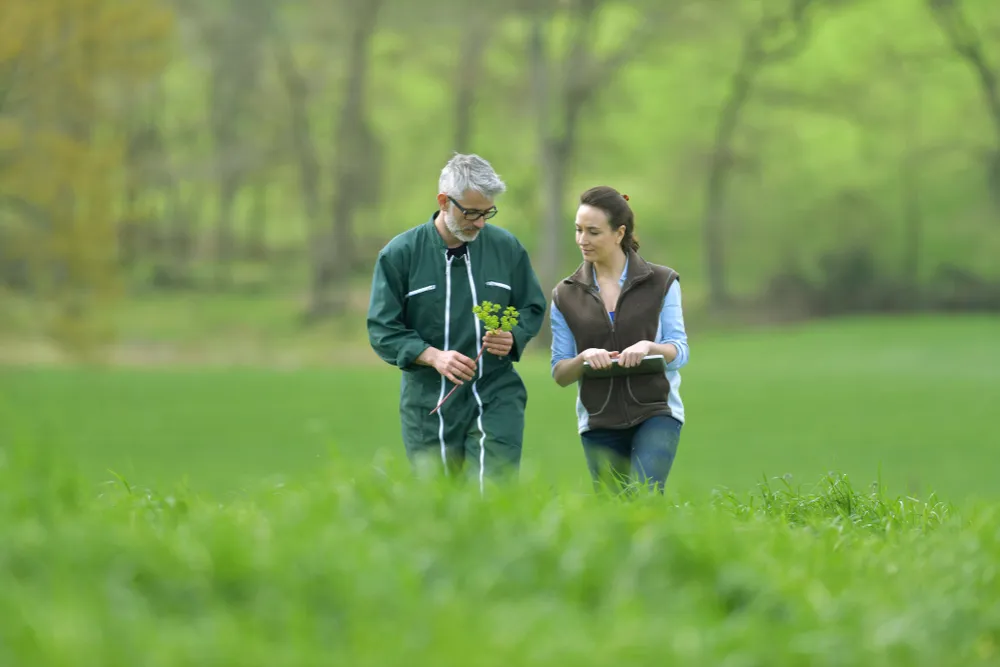

A Habitat Bank is expensive and risky to create yourself. There would need to be guaranteed BNG Unit sales (particularly when it can take many years, and sometimes frequent attempts to obtain planning permission, if permission is granted at all). The provider’s model is different, however.
Using demand analysis and a portfolio of clients from the development and infrastructure sectors, the provider creates Habitat Banks aligned to demand.
With secured funding through sustainable investment, you can be confident about not just the delivery of the promised Biodiversity Units, but also about the funding of all creation costs (including infrastructure and legal fees where appropriate) upfront. This includes land manager training and regenerative farming practices.
Our panel of trained ecologists takes care of the habitat design work, reports, and oversight of the biodiversity uplift. The provider pays all long-term administrative fees and manages the intricacies of implementing biodiversity net gain (BNG) and delivering Biodiversity Units, leaving you free to concentrate on the land management activities you choose.
The provider takes only a leasehold interest in your land. You as the original landowner remain the owner. Habitat Management and Monitoring Plans (HMMPs) are created for you to suit land strategies and funding sources you already have. If you want to incorporate anything into an emerging agricultural scheme, the provider will help you. They also assist in making sure you can run the other revenue-generating parts of your operation (hay cutting and cattle grazing, for instance) without jeopardizing the land’s biodiversity.
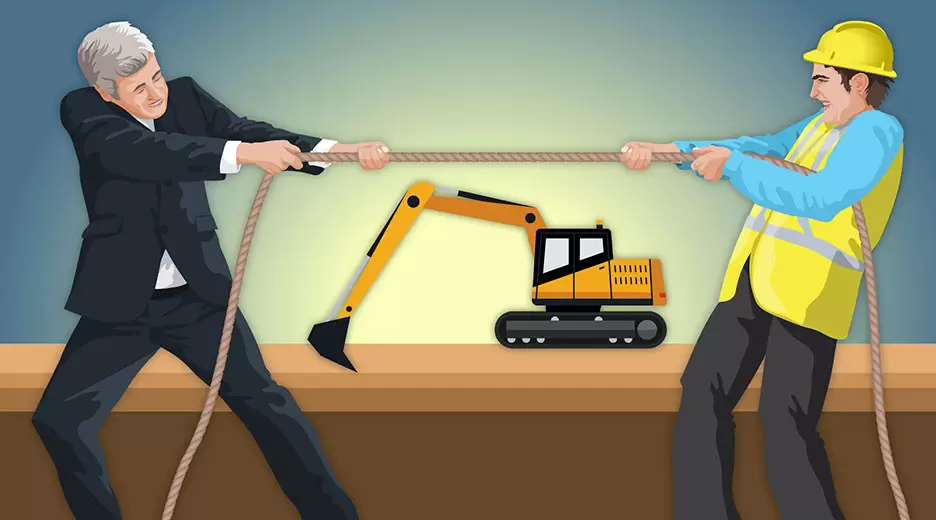

The businesses we collaborate with have significantly raised capital. They are using this capital to invest in the creation of Habitat Banks across England.
When a lease is completed, all of the funds are drawn down and bonded. This means that all of the direct payments to you, for the lease and for the management of the habitat, are secured for a period of 30 years irrespective of fluctuations in BNG demand or unit pricing.
The payments are made yearly with annual increases. Or, you can also take all your lease payments in one lump sum. There is also an onboarding fee.
We are anticipating that the natural capital market will grow and expand during the lifetime of the projects. That’s why you may be offered revenue-share options: if the projects do better than expected, you’ll share in the profits alongside the project provider.
In this regenerative model, landowners and tenants of Habitat Banks are part of a much bigger sustainable farming system—complementing regenerative agriculture. It benefits farmers, consumers, and the environment, preserving agricultural status, while mitigating any long-term tax implications. Management will focus on stocking type, density, and rotation.
After the 30 year term, you could either transition the land into regenerative farming practices, or put the land into further environmental schemes, whether government or BNG. No-one can say what your options will be in 30 years, but you will always get an invaluable natural capital asset in a Habitat Bank, with many financially attractive options.

At first, there's none; you just let the ecologist do the survey. If you make an agreement to sell the offsetting credits, then you will be responsible for creating and managing the habitats for 30 years.
After doing a site assessment, you’ll need to talk to your ecologist to determine the best way to sell the credits.
Presently, you may not use any other funding sources along with the selling of BNG credits. For instance, you may not sell carbon credits simultaneously. If you do, the two credit systems are seen as counting the same ecological benefit twice - double-counting.
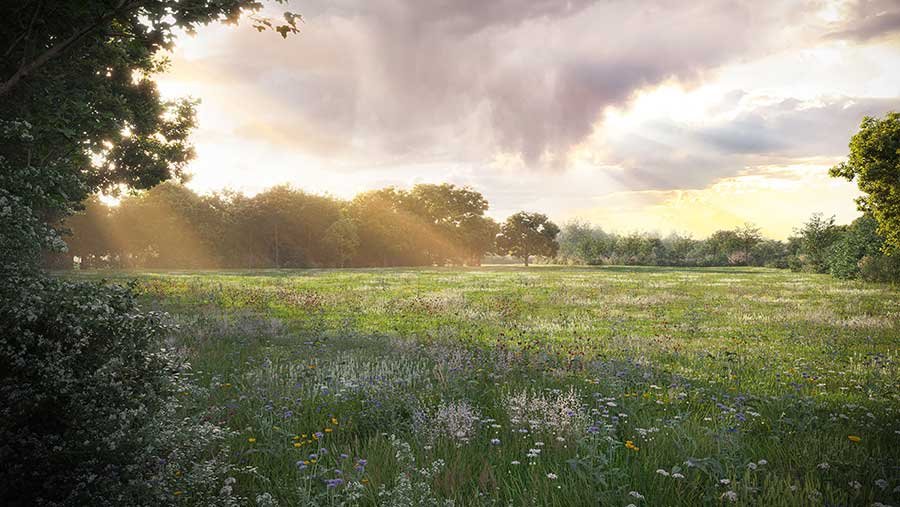
We are well on our way to establishing a network of Habitat Banks in every part of this country and are committed to restoring biodiversity.
We have a panel of legal practitioners, land managers, planning advisors, and ecological experts who work with us in a team to form a specialist support system for farmers and landowners, giving them a chance to earn more whilst improving the ecosystem.
If you have land, you may qualify. Submit an enquiry to register via us today!
Ecologists via our organisation work in close conjunction with landowners and developers to establish Habitat Management and Monitoring Plans (HMMPs) that are fully compatible with site plans and achieve a Biodiversity Net Gain.
Existing habitats can often be enhanced, and new habitats can be created to favourable effect. One way to achieve this is to plant wildflower meadows, hedges, and trees. Another largely successful way to achieve this is through extensive planting (as at the Queen Elizabeth Olympic Park in London) and numerous other routes to habitat creation that favour the local condition.
When on-site measures can not yield Biodiversity Net Gain, off-site solutions can be employed (i.e. biodiversity credits). Contact us to learn more.
Property owners can sell Biodiversity Credits while engaging local authorities or brokerages in the process. These credits are accumulated when landowners improve biodiversity on their land.
To earn the credits, property owners must undergo an assessment process using the UK Government’s Biodiversity Metric. They first need to get in touch with local authorities or brokerages to schedule a property survey. The property is then assessed for biodiversity.
Local authorities and brokerages use the results from these assessments to determine “net gain”: a conservation term that describes whether property under development has improved, worsened, or stayed the same in terms of biodiversity.
Your consultant BNG surveyor can help you with the above (including guidance on landscaping to plant wildflower meadows, hedgerows, trees, etc.).
